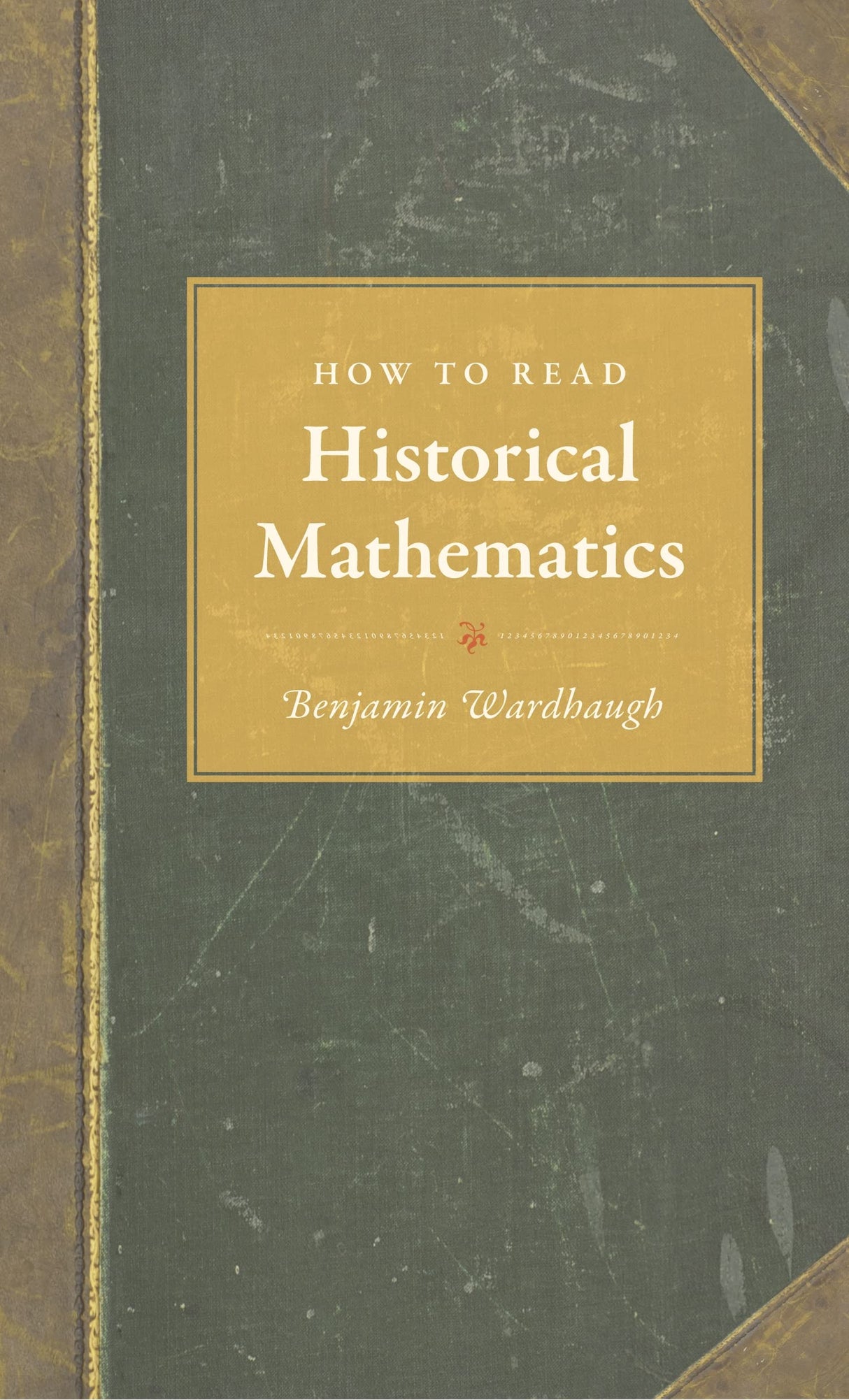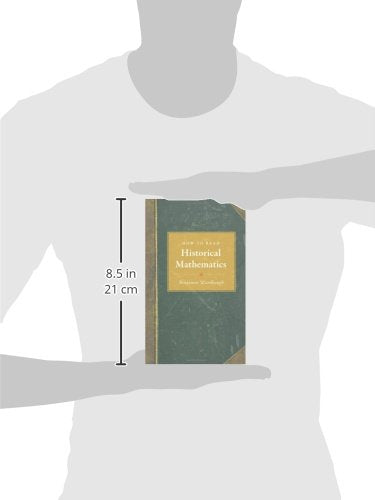How to Read Historical Mathematics
How to Read Historical Mathematics is backordered and will ship as soon as it is back in stock.
Couldn't load pickup availability
Genuine Products Guarantee
Genuine Products Guarantee
We guarantee 100% genuine products, and if proven otherwise, we will compensate you with 10 times the product's cost.
Delivery and Shipping
Delivery and Shipping
Products are generally ready for dispatch within 1 day and typically reach you in 3 to 5 days.
Book Details
-
Publisher: Princeton University Press
-
Author: Benjamin Wardhaugh
-
Language: English
-
ISBN: 9780691140148
-
Cover: Hardcover
-
Edition: Illustrated
-
Release Date: 21-03-2010
-
Model Number: 5 Halftones
-
Package Dimensions: 8.0 x 5.0 x 0.6 inches
About the Book
"How to Read Historical Mathematics" by Benjamin Wardhaugh is a unique and invaluable resource for anyone venturing into the world of historical mathematical writings. This insightful guide is designed for readers encountering these texts for the first time, offering a structured approach to understanding the historical context, language, and notations that are often unfamiliar.
Wardhaugh introduces the analytical methods used by historians when interpreting historical texts, equipping readers with the skills necessary to decode mathematical writings. By sampling actual historical mathematical works, the book walks you through essential questions such as: Who authored the text? What was the intent behind it? How did it evolve over time? And, why is it still relevant today?
Key Features:
-
Comprehensive Introduction: Focuses on methods of textual analysis used by historians.
-
Real-Life Examples: Includes actual mathematical writings to guide readers through analysis.
-
Practical Learning: Boxed summaries, discussion questions, and further reading suggestions.
-
Ideal for Students and Teachers: A perfect companion for anyone studying the history of mathematics.
-
Easy Reference: Designed for quick and convenient use.
This book is essential for students, teachers, and anyone interested in understanding the historical foundations of mathematics and improving their analytical reading skills.







